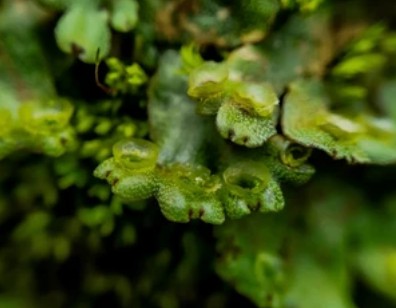We use cookies to understand how you use our site and to improve the overall user experience. This includes personalizing content and advertising. Read our Privacy Policy
Marchantia polymorpha is a bryophyte widely distributed worldwide, usually growing on moist soil, rocks, and bark. It is characterized by low genomic redundancy, easy genetic transformation, asexual reproduction, and rapid value-addition in cell suspension culture, which makes it one of the most important model organisms for botanical research. With the continuous development of technological approaches to genetic transformation, the study of Marchantia polymorpha genetic transformation contributes to a deeper understanding of plant genetic engineering and functional studies.
Lifeasible specializes in plant genetic transformation research. Relying on the advanced technology platform and experienced expert team, we aim to provide effective and reliable transformation solutions for bryophytes and strategic guidance to promote bryophyte transformation research.

Particle bombardment is an efficient method used for the genetic transformation of plants and is widely used in botanical research and plant genetic engineering. Applying particle bombardment technology in the direct transformation of Marchantia polymorpha is as follows.

The direct transformation of Marchantia polymorpha represents a significant milestone in plant biology research. Marchantia polymorpha is becoming a powerful tool for genetic manipulation and a source of invaluable insights into the evolution and biology of land plants. If you are interested in us, please feel free to contact us.
Get Latest Lifeasible News and Updates Directly to Your Inbox
Mechanisms Regulating Plant Chloroplast Biogenesis
April 15, 2025
We use cookies to understand how you use our site and to improve the overall user experience. This includes personalizing content and advertising. Read our Privacy Policy